What does daily life look like during wartime?
Underrepresented stories are the common thread in the work of photographer and theatre director Koen van Etten. Recently, he spent two weeks traveling through Ukraine, where he captured a series of powerful visual stories, including one featuring the popular Ukrainian singer Roxolana. Koen shot all his images using the SIGMA 35mm F1.4 DG HSM | Art and the SIGMA 85mm F1.4 DG HSM | Art lenses. We spoke with Koen shortly after his return to the Netherlands.
How do you hold on to your humanity in times of war? Is there still room for art, music, love, a night out, or a coffee in a cafe? When COVID-19 broke out in the Netherlands, "we" rushed to the supermarkets to hoard toilet paper. In no time, it was sold out. If something like that happens during a pandemic, what happens during wartime? Do people come together, or does a "me first" mentality prevail? Koen says, "I was particularly curious about the images we're not seeing of the situation in Ukraine. It's understandable that the media primarily show us images of war; trenches, destruction, death, and horrific suffering. But what does daily life look like during wartime?" This was the question Koen hoped to answer during his journey through Ukraine, which began with a concert by Ukrainian singer Roxolana.
Celebration in Wartime?
Koen met Roxolana in May 2023 during the Liberation Festival in the Netherlands. The Dutch singer Froukje, with whom Koen had previously collaborated as a theatre director, was one of the Ambassadors of Freedom that year. To explore "what it's like to chase your musical dreams in limited freedom," Froukje accompanied Roxolana.
Once in Ukraine, Koen attended a Roxolana show in Kyiv, the singer’s first performance in Ukraine since the two-year-long Russian invasion began. How do you celebrate during a war? Is that even possible, and how do you do it? "On the surface, it looked like any other live performance," Koen says. "Enthusiastic people drinking, dancing, singing along, jumping, and clapping. But there was also plenty of attention given to the harsh reality of daily life, conveyed in both words and images. For instance, one of the dancers was a young soldier who had lost both his legs at the front. He danced on prosthetics. The war was deliberately made visible in the show. And between songs, the singer spoke a lot about the war."
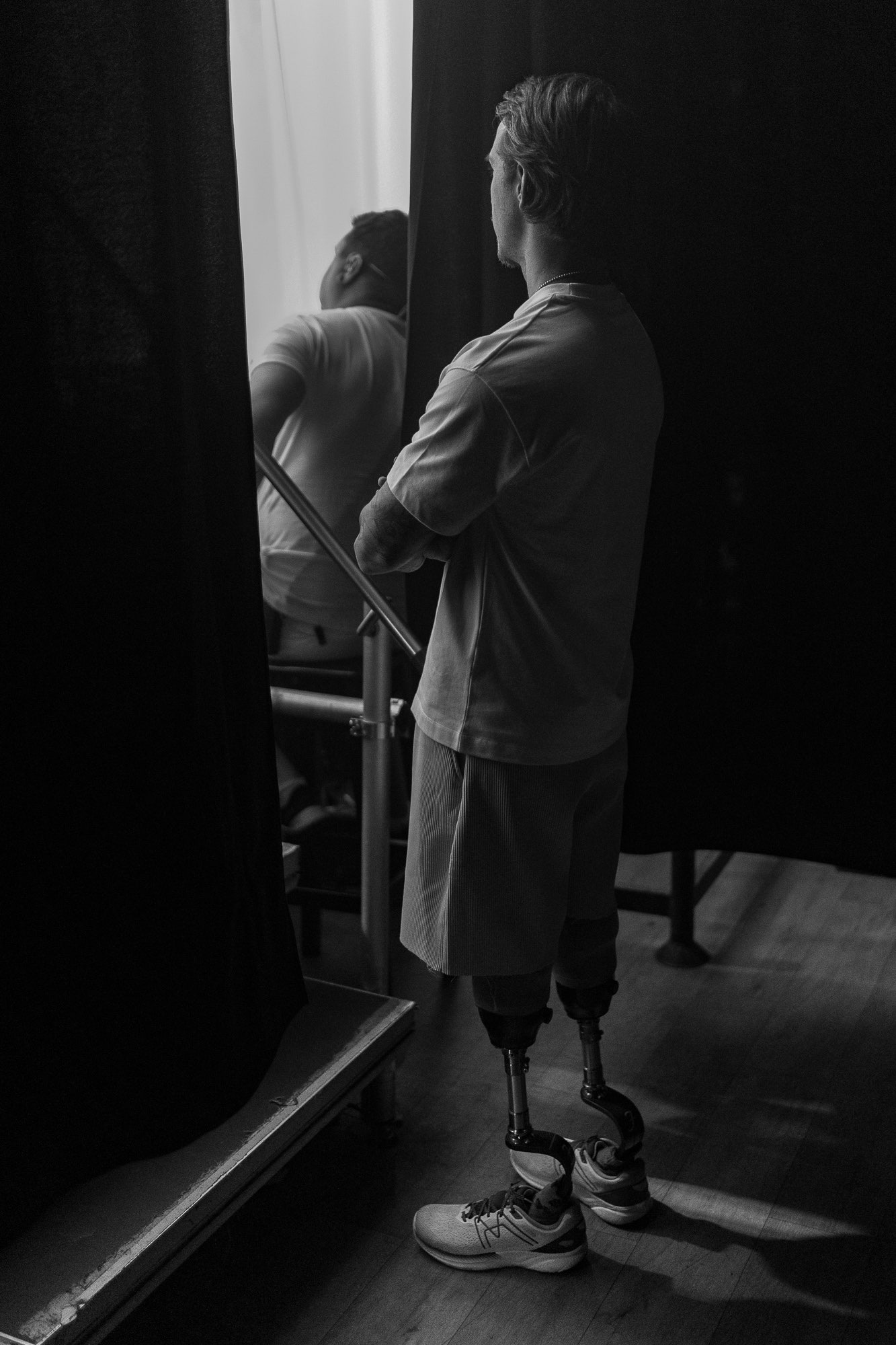

Blurry Effect
How do you capture something like that? The danger of taking "ordinary" photos of a pop show in any random place in the world is always there. Koen says, "That was indeed my biggest challenge, but I think I managed to add a deeper layer to my images." For instance, he captured a photo of Roxolana through a gauze cloth that was part of the stage decor. Koen explains, "This created a very blurry effect. It raises the question: am I even allowed to see this artist under these circumstances?"
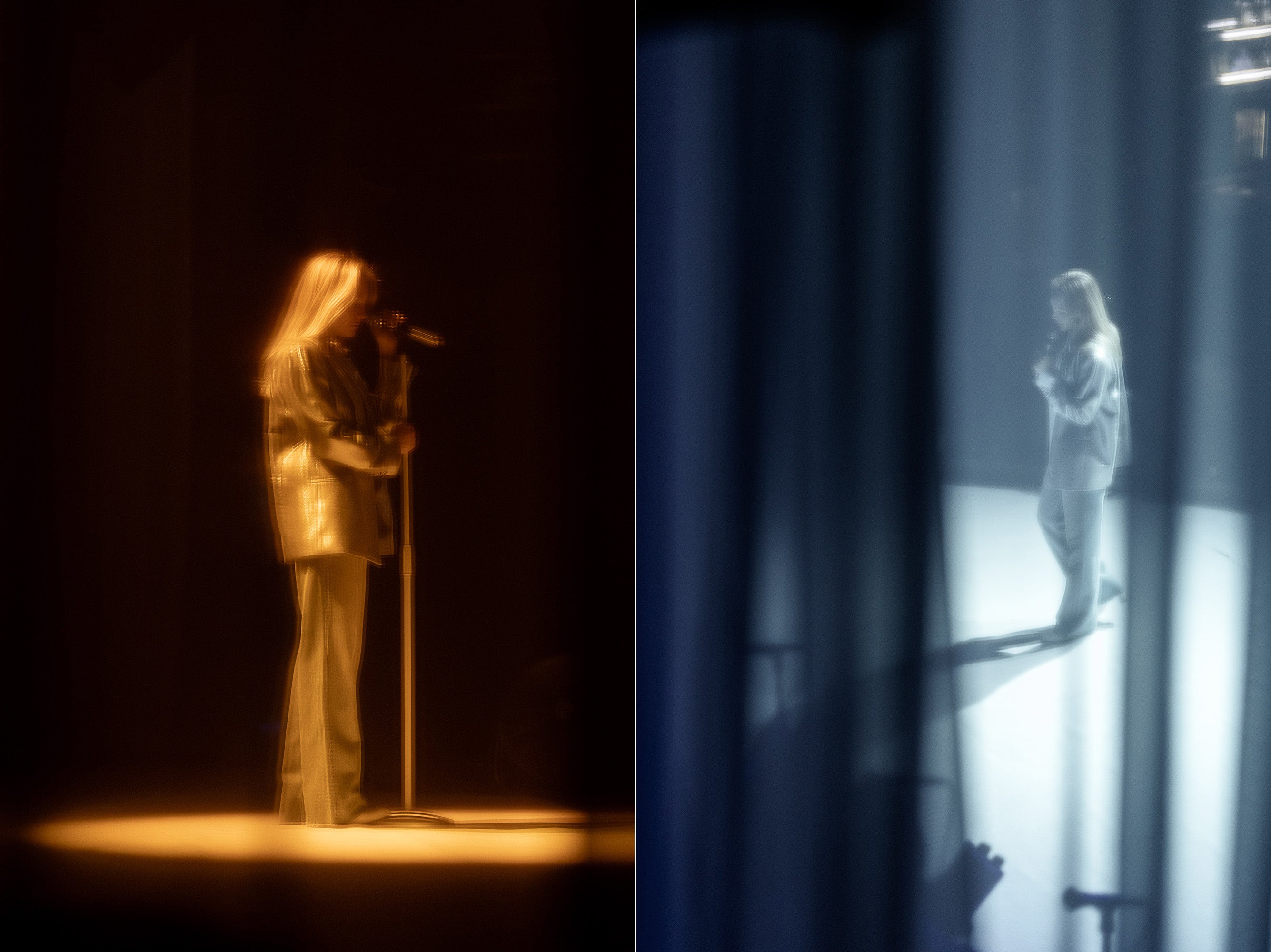

Another photo shows the singer with her wavy, blonde hair and exposed, almost vulnerable midriff, beautifully lit. Koen says, "I wanted to create an image like this as well. Because yes, there is a war, but there is also the desire for freedom, the longing for a normal life. The singer stands on stage... Open, slightly exposed, and vulnerable... Meanwhile, I was walking around with a bulletproof vest. That contrast..."
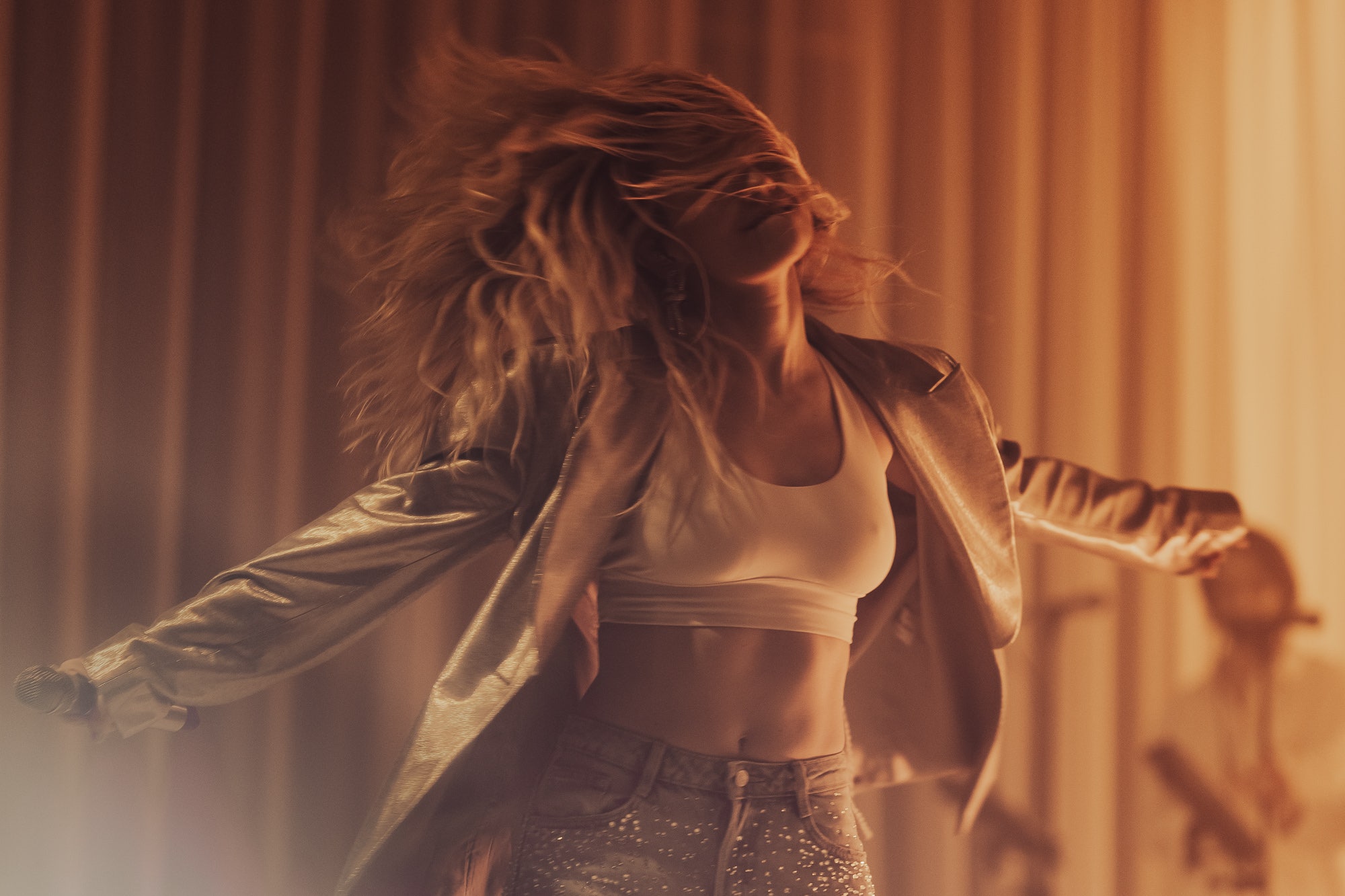

Train Journey
In addition to the concert, Koen also took a train journey from the capital, Kyiv, to Ukraine's second-largest city, Kharkiv, a trip of over seven hours. Recently, this city and its surroundings have been subject to relentless bombings, massive destruction of public and private infrastructure, and attacks on energy installations, resulting in the deaths of many civilians. "I was well aware that traveling by train, especially to Kharkiv, was risky. But the train is still the most important means of transportation in Ukraine. Many people use it daily, as if nothing is wrong. It remains a vital lifeline. I absolutely wanted to capture that."
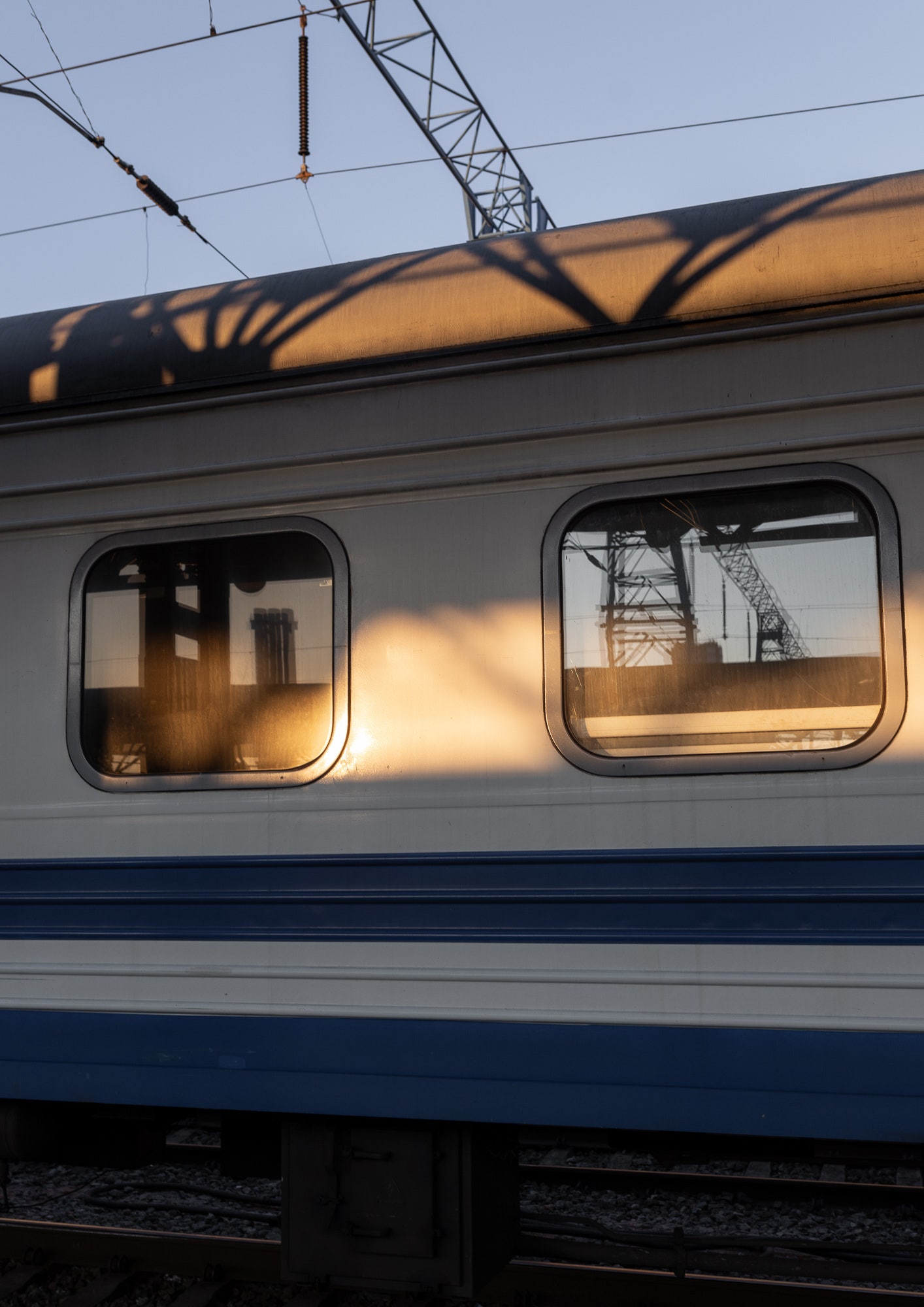

On the train, he spoke with young soldiers on their way to the front. Koen reflects, "Men my age, heading towards hell... It's almost impossible to comprehend. One of those young men insisted that I hold his gun for a moment. In moments like that, it all feels very real."
Resilience
In Kharkiv itself, Koen experienced a resilience like he had never seen before. "Before the war, the city had over 1.5 million inhabitants. Now, barely 700,000 remain. The rest have fled. The people who stayed are determined not to leave. They feel that this is their city, their heart, and they won't let anyone take it away from them. This creates a certain energy that can't be described; you have to feel and experience it yourself! Tomorrow, the day after tomorrow, next week... No! The people who remain in Kharkiv live entirely in the here and now. You don't need to explain to them that every second could be their last. They don't waste time. Many don't even go to the shelters during air raids anymore. When I asked why, I often got the answer: 'We refuse to let Russia dictate the rhythm of our lives even more.' It's not out of negligence but purely a survival tactic. It sounds strange, doesn't it? But if you give in and constantly dive into the shelters, you'll go mad and never get a good night's sleep. Then you live in constant fear."
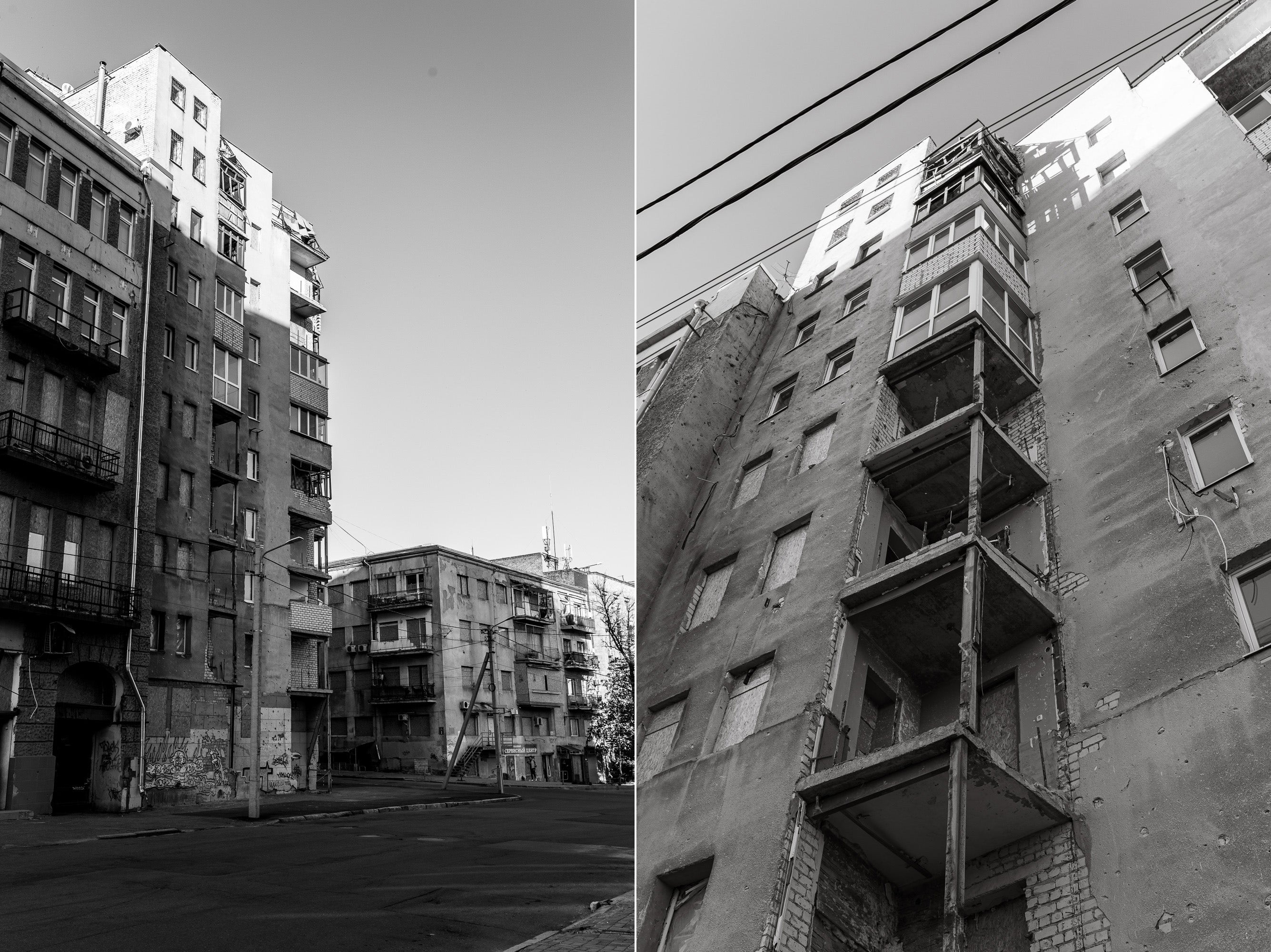

Rocket Explosions
"When I got off the train in Kharkiv, a few minutes later I heard a whistling sound, followed by two massive rocket explosions, just one block behind me. I ran into a hotel in total panic, where the man behind the counter looked at me and said with a laugh, 'Welcome to Kharkiv.' That's what two years of war does to a person. It makes you cynical."
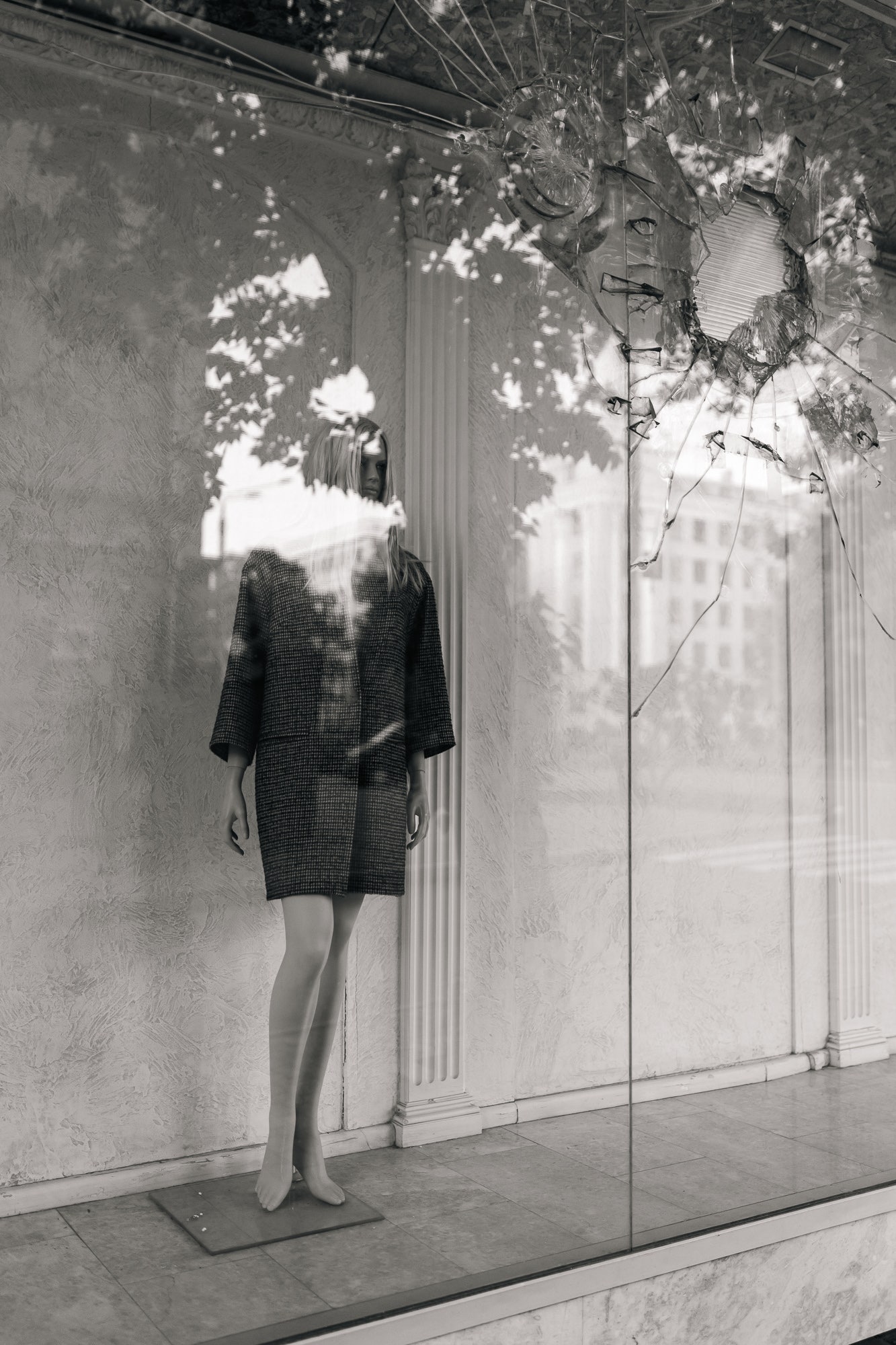

Koen shares some of the images he took in Kharkiv. We see, among other things, a shopping mall with only its skeleton still standing, and a shattered window with a mannequin behind it. We also see the enormous hall of a metro station, with only one boy on the ground. Koen notes, "Metro stations often serve as shelters. This image shows what I was saying: fewer and fewer people are using the shelters."
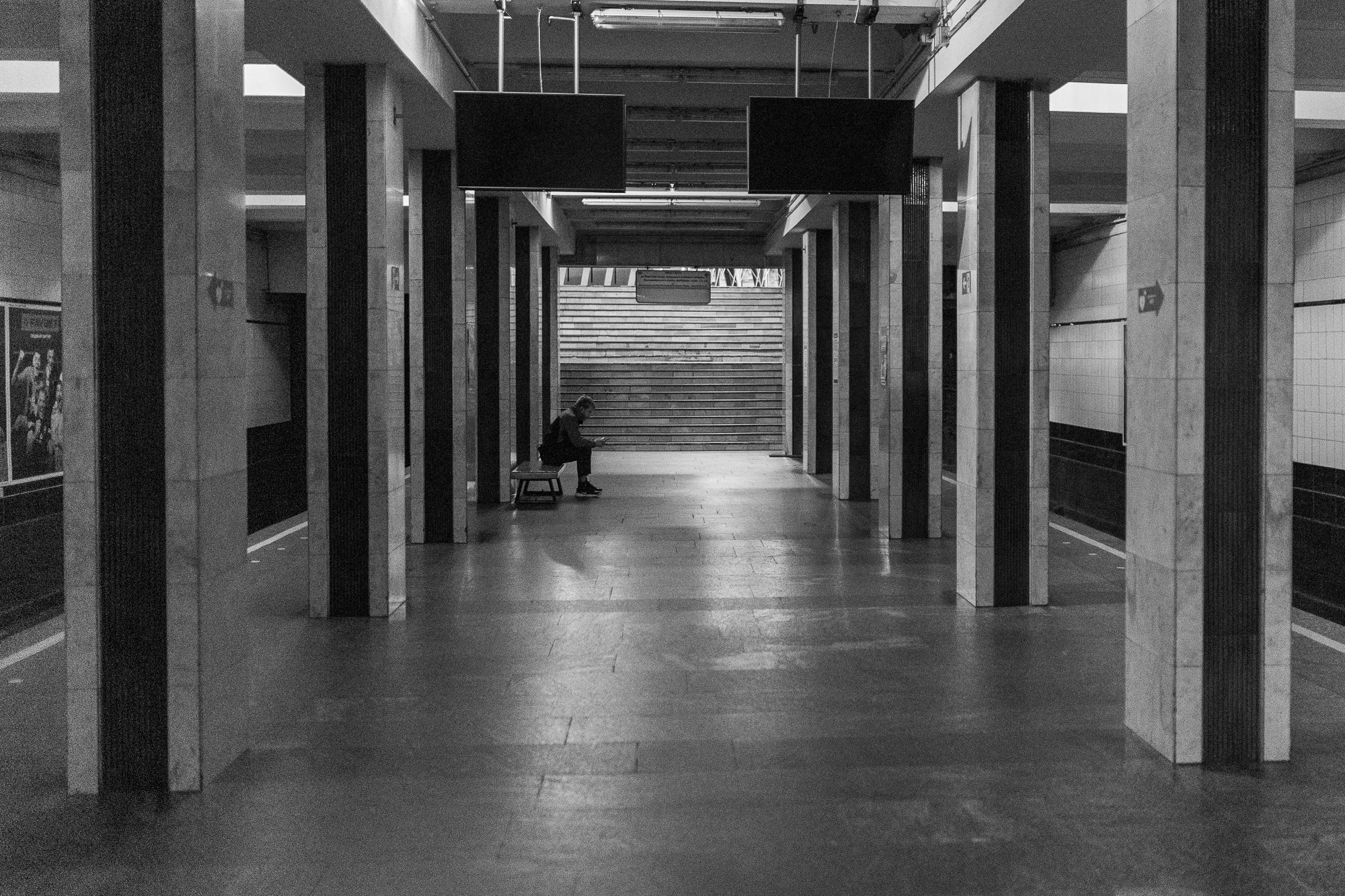

Young Artist
He also created several visual stories of people he met in the city. For example, he portrayed the young artist Kseniia Plylypenko. She paints on military objects: the door of a downed helicopter, the casing of a rocket, an abandoned rocket launcher... Objects that symbolize death, destruction, and devastation, painted with colourful flowers that represent love, beauty, and tenderness. The money Kseniia earns from her work is donated to the defence effort.
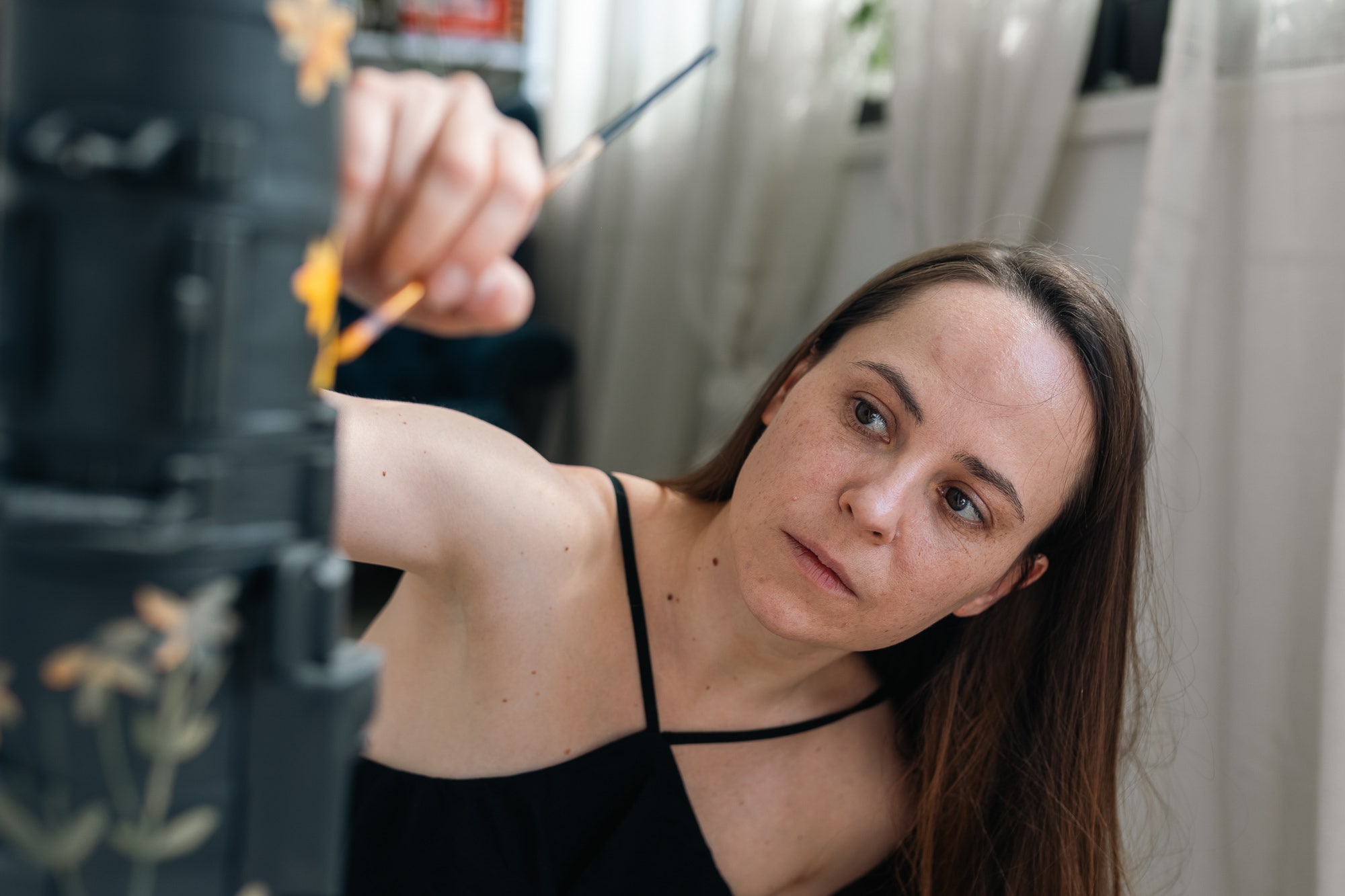

Koen spent half a day in the apartment-turned-studio of the artist. They drank tea, laughed, cried, talked, and he took photographs. At one point, the air raid siren sounded. "A piercing and terrifying sound that goes through your bones." It signals that a life-threatening projectile is on its way. But where? Yet Kseniia chooses to continue painting. Koen decides to stay with her and keep photographing.
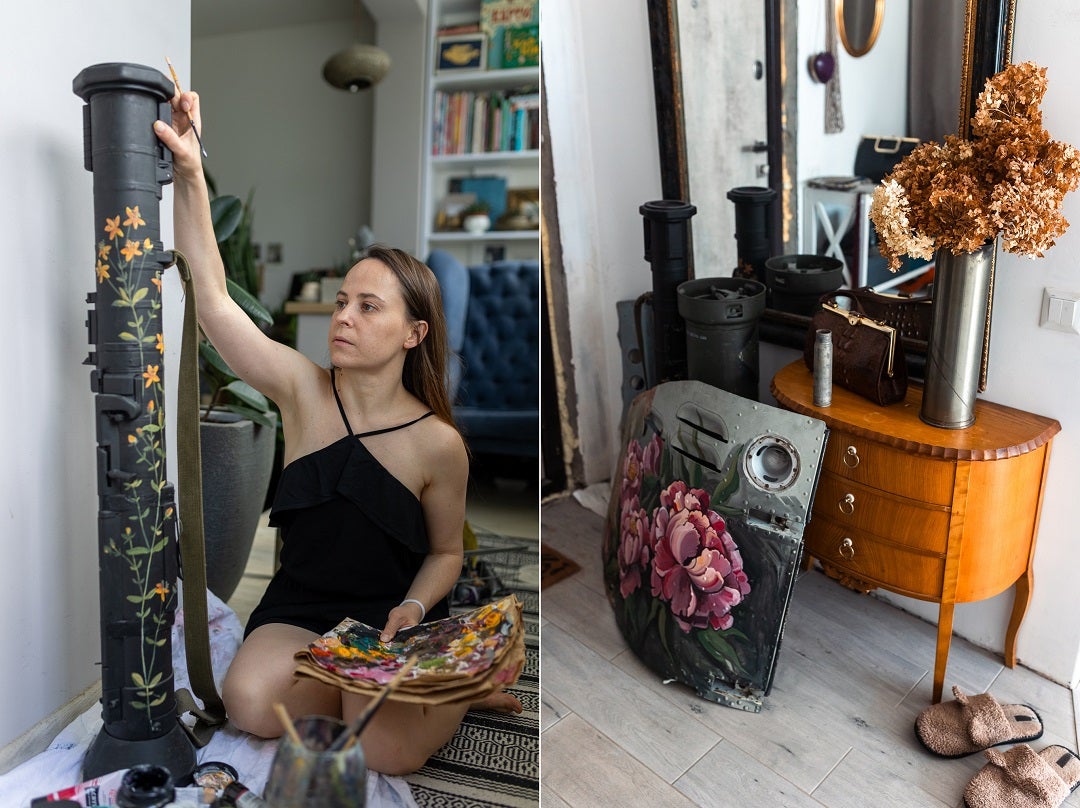

Love Prevails
Koen continues to talk about his encounter with a couple who, war or not, opened several coffee shops in Kharkiv. Recently, a bomb exploded near one of the coffee shops. For many, this would be a reason to leave. Not for the couple and their staff. They open their doors and give out coffee to anyone who wanted it. This is the unyielding spirit and humanity that Koen experienced everywhere he went in Ukraine. "Instead of hoarding, people were sharing. Despite the constant danger, love, as I experienced and saw, always prevailed."
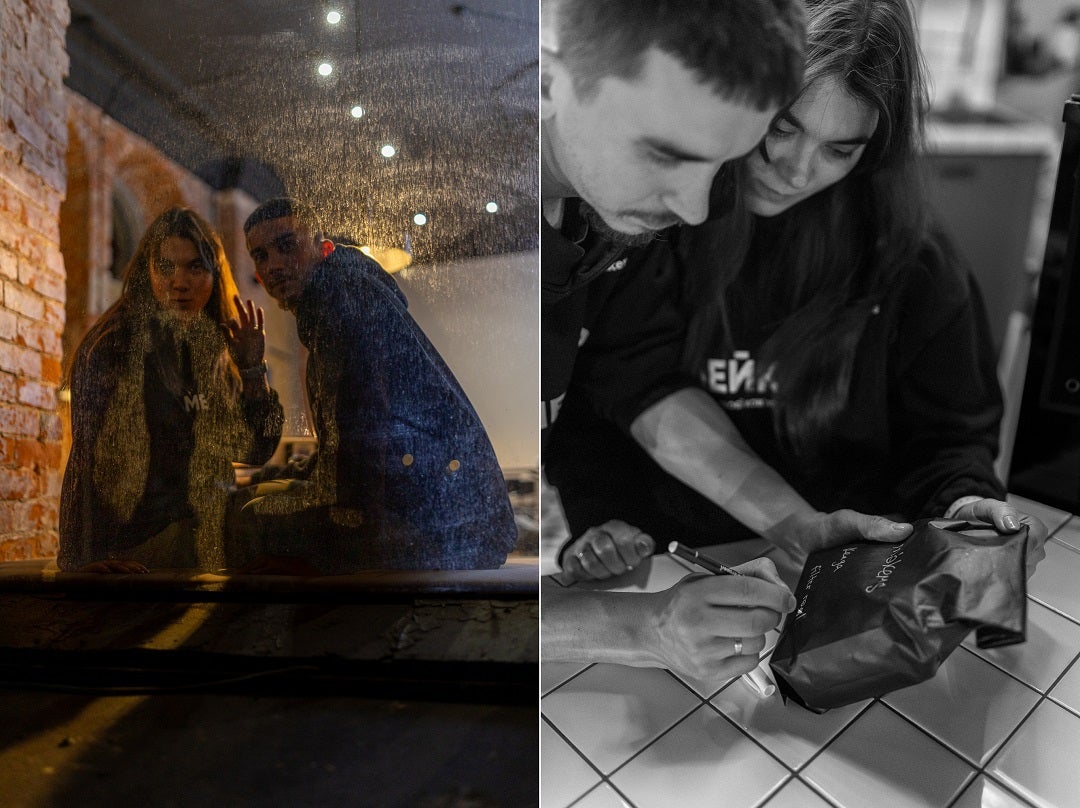

More information about Koen can be found here.